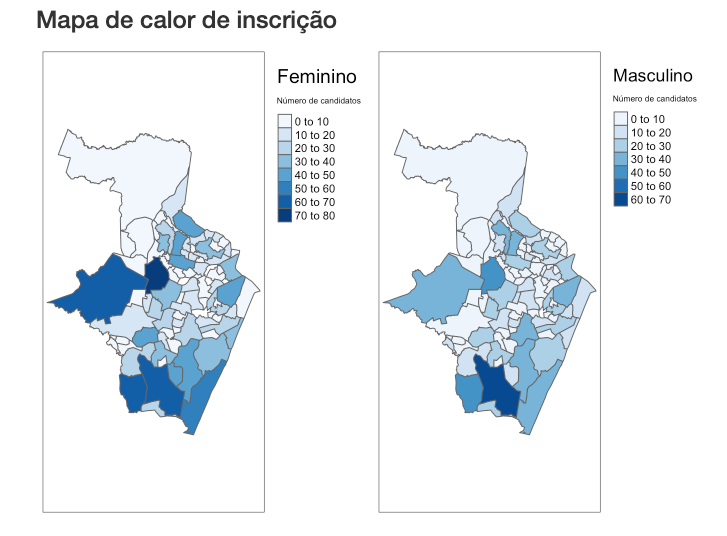WEEK 6: BARRIERS TO BUSINESS GROWTH AND FORMALITY
- Rigzom Wangchuk
- Nov 7, 2021
- 3 min read
Updated: Nov 12, 2021
Women owned businesses in developing countries tend to be growth constrained for the same reasons they choose to become entrepreneurs in the first place i.e. necessity driven entrepreneurs who face constraints of time, mobility, flexibility, skills or experience, and access to economic resources.
Business Life Cycle Analysis – Constraints faced by women-owned SMEs

1. Lack of finance is a major constraint to the growth of female-owned enterprises. [1] [2]
Access to finance is often cited as a main constraint to the growth of female-owned enterprises. On average, women have less access to basic banking services such as checking and saving accounts. In all regions except North America, the share of women with access to a financial account is lower than that of men.
Financial exclusion poses a great challenge, especially, for women entrepreneurs as they try to access capital to start, operate, and/or expand their businesses. Recent estimates suggest that women entrepreneurs face $1.5 trillion financing deficits. According to IFC, the credit gap for formal women-owned SMEs across all regions is roughly $287 billion, which is 30% of the total credit gap for SMEs. Latin America and the Caribbean has the largest credit gap.
In comparison to men, women generally face a disproportionately larger number of challenges when applying financing. Financial barriers include local financial conditions such as:
lack of collateral coupled with inadequate financial infrastructure that relies on collateral and traditional data such as credit history
inadequate perception and evaluation of risk – financial institutions perceive women to be riskier, higher cost and/or lower return due to their size. This negatively influences their appetite to lend to women regardless of whether the perception of higher risk is based on facts, experience, or on conjecture.
lack of a customised approach and unfavourable lending policies – most commercial banks don’t consider women as a specific market segment with different characteristics to take into account. As a result banks offer generic products and services which are most likely not suitable for the types of businesses women are running.
the high cost of funding – geographic distances and high transaction costs for banks operating in remote locations raises costs of finance, thus undermining the growth of women-owned SMEs in remote locations. Additionally, the limited time women have due to family and time constraints; and the high safety and theft risks they face in traveling long distances to conduct their banking transaction severely hampers their business growth.
As a result, many female entrepreneurs rely on their own savings, loans from family and friends, informal lenders, or micro-loans to finance their business needs. However, the small size and short-term nature of micro-loans do not allow women borrowers to make long-term investments in their businesses.

2. Disproportionately high legal and regulatory barriers can have a profound effect on women’s ability to run stronger, more viable businesses. [1] [3]
Only 38 out of 141 economies covered in the Women, Business and the Law database set out equal legal rights for women and men in key areas such as opening a bank account, getting a job without permission from their spouse, and owning and managing property
Legal constraints in family law and inheritance can determine a woman's ability to own property and access collateral for financing. Laws regulating the private sphere specifically those regarding marriage, inheritance and land can hinder women's access to assets that can be used as collateral when securing a loan.
While gender gaps in education tend to close with development, the same is not true of gender gaps in legal rights—middle-income countries are as likely as low-income countries to define men as the head of the household, to give the husband the right to choose the matrimonial home or to deny women the ability to own assets in their own name.

3. Market access and lack of social capital. [2]
The most significant barriers to female business owners tend to be non-financial in nature. These non-financial barriers include the social and cultural norms underlying gender biases, as well as the tendency for women-owned SMEs to be smaller in size, and the limited access to business education opportunities and networks.
Women who start businesses tend to know fewer entrepreneurs than male entrepreneurs. In other words, men have more social connections that enable them to access business opportunities, information, and contacts within the business ecosystem than do women. In this way, women are disadvantaged from the start, having fewer professional connections, role models, and mentorship opportunities, which can adversely affect their businesses in the long run.

4. Social and cultural roles impact women’s entrepreneurship growth. [2] [4]
Cultural and societal views on gender roles can make have an impact on women's perception and path as self-employed, but most importantly it impacts their decision-making process and their confidence in taking risks. Time use studies of women find that they face tradeoffs between their business and household responsibilities. So they prefer not to grow their businesses than needed.
[3] https://www.worldbank.org/en/topic/gender/publication/female-entrepreneurship-resource-point-introduction-and-module-1-why-gender-matters



Comments